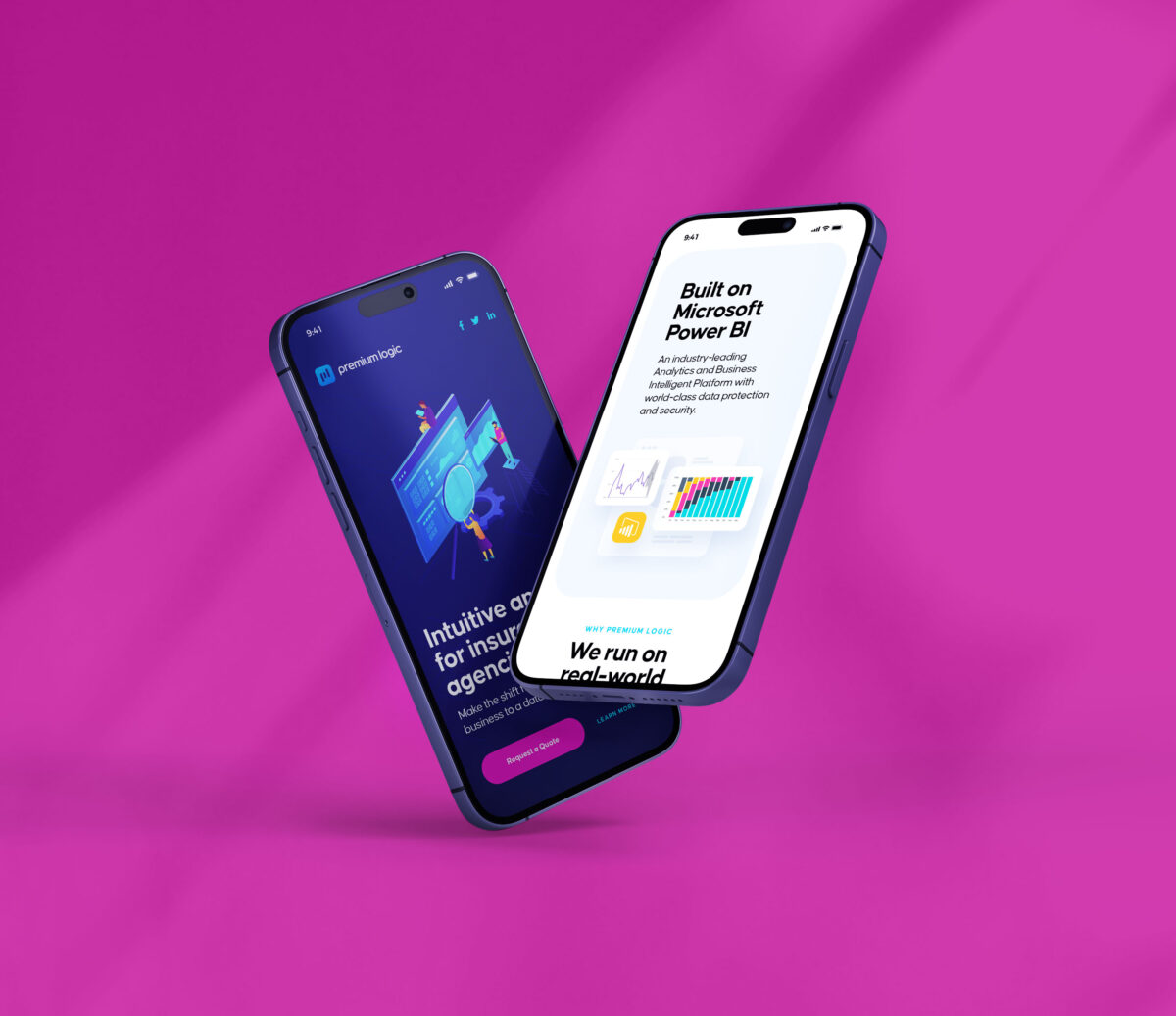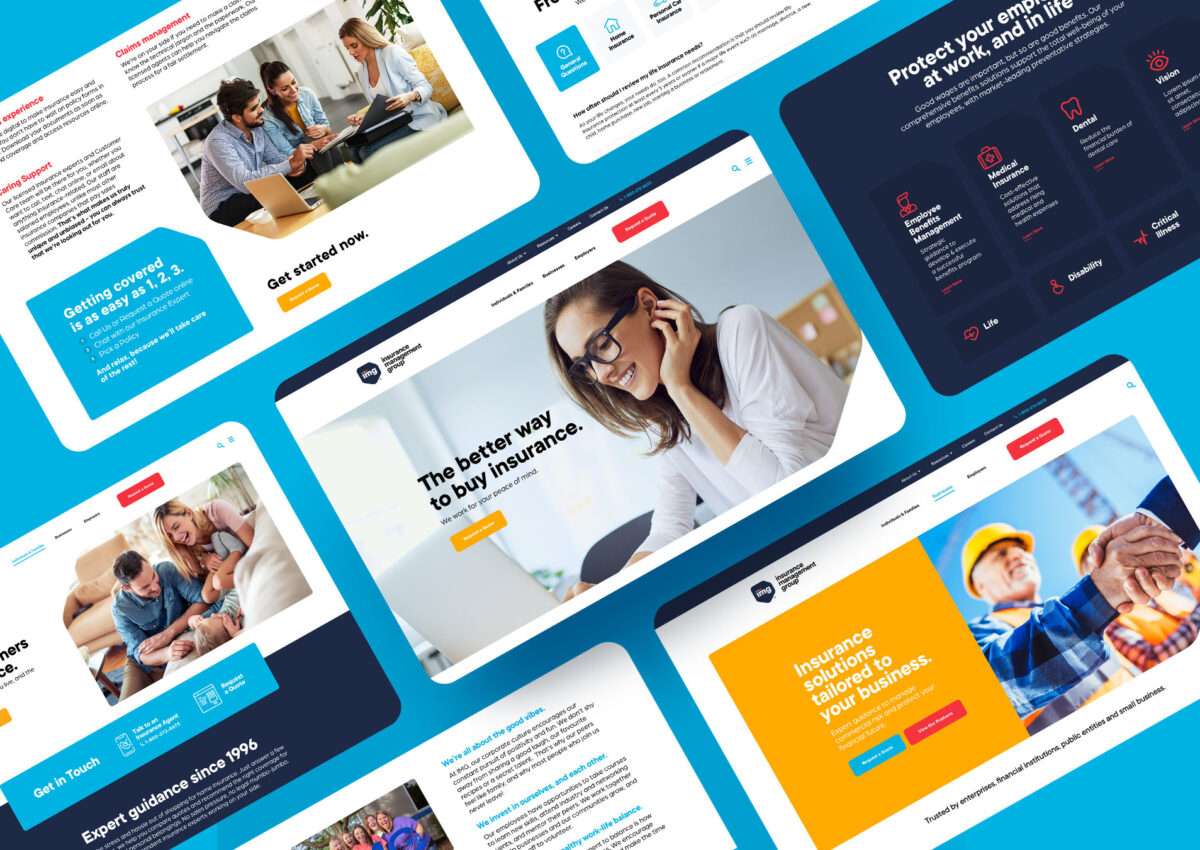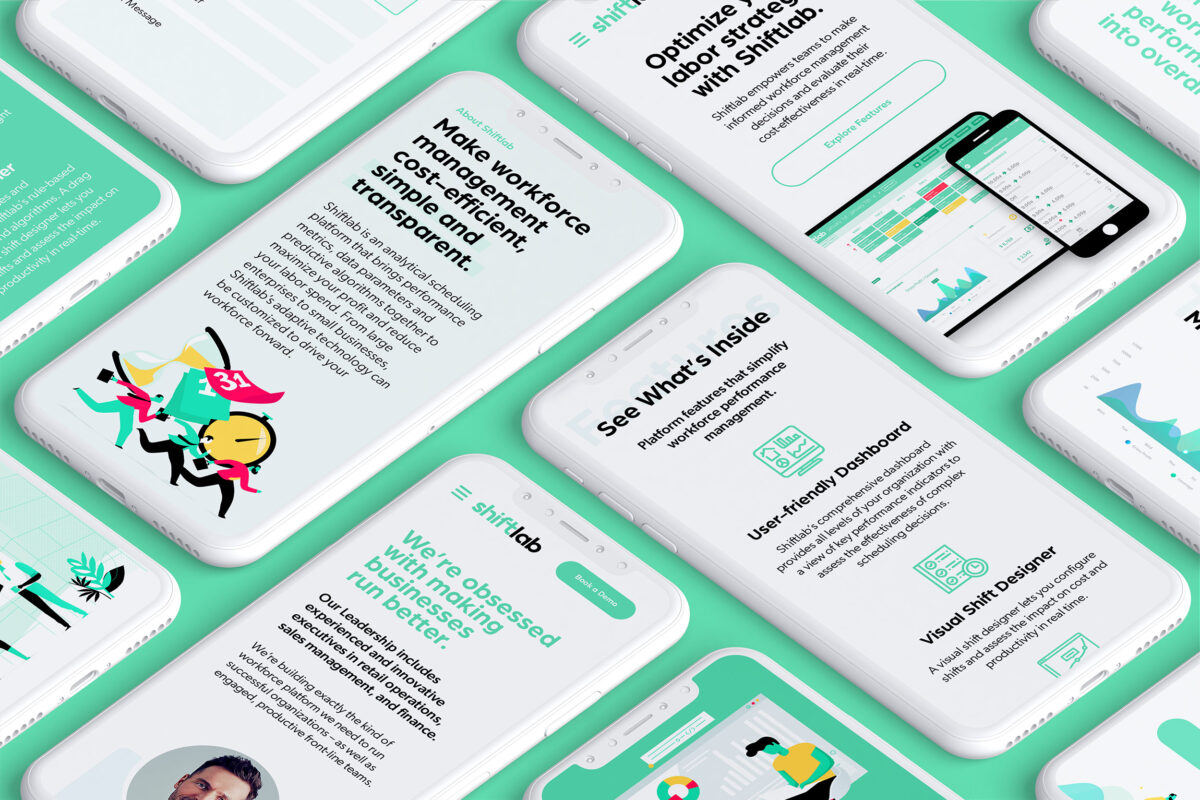In today’s dynamic digital landscape, the online presence of small businesses has never been more critical. Your website acts as a virtual storefront, often serving as the first touchpoint for potential customers. To make a lasting impression and drive conversions, your website must prioritize the user’s experience. In this article, we’ll delve into essential website design best practices tailored specifically for small businesses. Our focus will be on enhancing user experience and optimizing for conversion—a combination that paves the way for success in the competitive online arena.
Understanding Your Audience
Before embarking on your web design journey, it’s essential to have a deep understanding of your target audience. Small businesses thrive when they cater to the needs, preferences, and pain points of their potential customers. Conduct thorough market research to gain insights into your audience’s behavior and motivations. This knowledge will serve as the cornerstone of your design decisions, ensuring that your website resonates with your visitors on a personal level.
Streamlined Navigation for Seamless Exploration
A cluttered and confusing website layout can be a major deterrent for conversions. The navigation structure of your website should be intuitive and straightforward. Consider implementing a well-organized menu that categorizes your content logically. Visitors should be able to find the information they seek without unnecessary clicks, minimizing frustration and encouraging them to explore further.
Responsive Design: Adapting to Every Device
The rise of mobile devices has revolutionized the way people use the internet. Your website must be responsive, adapting seamlessly to all the various screen sizes and orientations. A responsive design ensures that your website functions and appears optimally on smartphones, tablets, laptops, and desktops alike. This not only provides a consistent user experience but also aligns with Google’s mobile-first indexing, positively impacting your site’s search engine ranking.

Visual Consistency: The Essence of Branding
Consistency is key when it comes to branding, and this principle extends to your website’s design. Your color palette, typography, and imagery should remain consistent throughout the site. Visual coherence fosters familiarity, reinforcing your brand identity and instilling a sense of trust in your visitors. When they encounter your website, it should feel like an extension of your brand’s essence.
Creating an Engaging Homepage
Think of your homepage as the digital front door to your business. It’s often the first impression visitors have of your brand, so make it count. Craft a compelling headline that succinctly communicates your value proposition. Incorporate visually captivating graphics that align with your brand’s aesthetics. The ultimate goal is to guide visitors seamlessly toward a clear and compelling call-to-action (CTA), prompting them to take the next step in their journey.
Leveraging the Power of High-Quality Imagery
The visual appeal of your website cannot be overstated. High-quality images play a pivotal role in capturing your audience’s attention and conveying your brand’s personality. Invest in custom images that align with your business’s values and resonate with your target audience. Authentic and original visuals make a more significant impact than generic stock photos.

Optimization for Speed: The Need for Swift Loading
In an age of instant gratification, a slow-loading website can be a major turnoff. Users expect swift access to information, and a delay of even a few seconds can lead to increased bounce rates. To ensure optimal loading times, optimize your images, leverage browser caching, and minimize unnecessary code. A fast-loading website not only enhances user experience but also contributes to better search engine rankings.
Clear Calls-to-Action (CTAs) for Guided Action
Your website’s design should strategically guide visitors toward meaningful actions. Calls-to-action (CTAs) play a crucial role in this process. Whether it’s “Shop Now,” “Request a Quote,” or “Sign Up,” CTAs prompt visitors to engage further with your business. These CTAs should be visually distinct, strategically placed, and convey a sense of urgency or value.
Storytelling and Personal Connection
As a small business, your unique story can set you apart from competitors. Leverage the “About Us” page to share your journey, values, and mission. This is your opportunity to forge a personal connection with your audience, allowing them to see the people and passion behind your brand. When visitors feel connected to your story, they’re more likely to become loyal customers.
Harnessing the Power of Testimonials and Reviews
Building trust is a critical component of conversion. Displaying genuine testimonials and reviews from satisfied customers on your website can significantly influence potential clients. Social proof is a potent psychological motivator. When visitors see that others have had positive experiences with your products or services, they’re more inclined to trust and engage with your business.

Prioritizing Accessibility and Contact Information
An accessible website is a user-friendly website. Ensure that your contact information, including your phone number, email address, and physical address, is easy to find. Include a user-friendly contact form that visitors can use to get in touch. Accessibility also extends to individuals with disabilities; ensure that your website is compliant with accessibility standards, making it usable for all potential customers.
Consistent Content Updates for Relevance
Regularly updating your website’s content is not only beneficial for engagement but also for search engine optimization. A blog section allows you to share valuable insights, industry news, and solutions to common problems. Fresh, relevant content positions you as an industry expert and encourages visitors to return to your site for the latest information.
Data-Driven Insights and Continuous Enhancement
Website analytics are your compass for navigation in the digital world. Implement tools like Google Analytics to track user behavior, popular pages, and conversion rates. This data provides insights into what’s working and what needs improvement. Use these insights to refine your design, streamline user pathways, and make data-driven decisions that enhance both user experience and conversion rates.

Unleashing Small Business Potential Through Website Design
In the realm of small business success, website design isn’t just about aesthetics; it’s about crafting an immersive user experience that leads visitors down a path of engagement and conversion. By following the best practices outlined in this guide, you can create a website that not only captivates your audience but also serves as a catalyst for growth.
Remember that the heart of effective web design is user-centricity. Every design choice should be made with your audience in mind. Streamlined navigation, responsive design, and engaging visuals form the foundation. Clear calls-to-action guide visitors toward conversion, while storytelling and testimonials build trust and connection. Prioritizing accessibility and maintaining fresh content show your commitment to providing value.
Furthermore, the journey doesn’t end with the website launch. Continuously monitor your website’s performance using data-driven insights. Regularly fine-tune your design, content, and strategies based on this information. Your website should evolve alongside your business, adapting to the ever-changing digital landscape.
In the grand tapestry of small business success, your website is a pivotal thread. It’s the platform where potential customers learn about your brand, where connections are forged, and where conversions happen. By adhering to these web design best practices, you’re laying the groundwork for an engaging website that not only reflects your business’s essence but also propels it toward remarkable success.
Ready to put these principles into practice? We specialize in crafting captivating brands and user-centric websites that turn visitors into loyal customers. Get started today!











